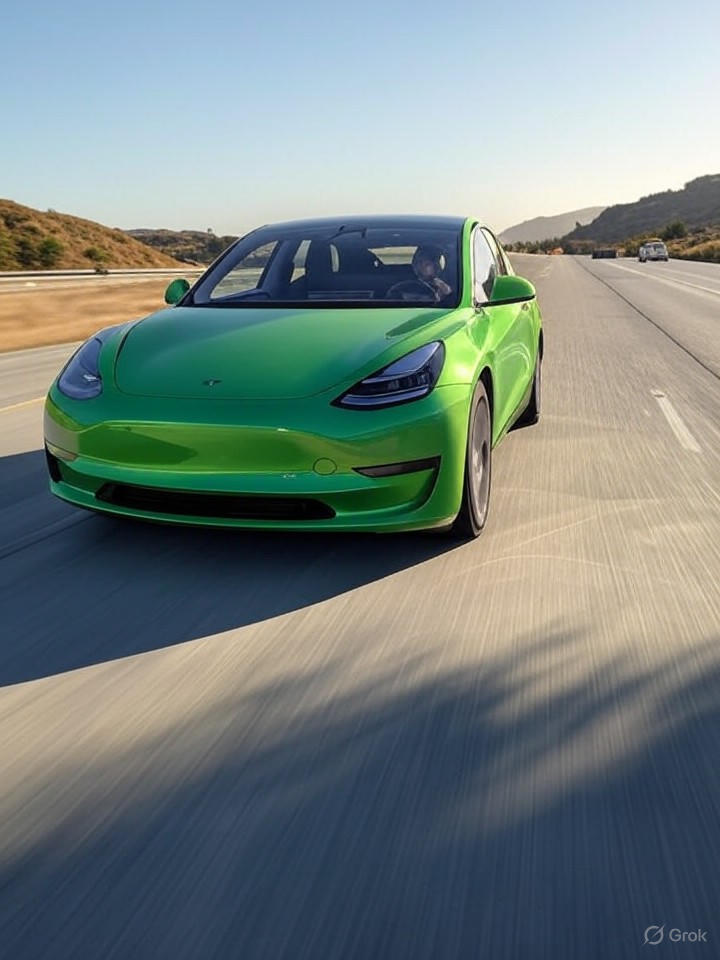The End of an Era for California’s Clean Air Vehicle Program
For over two decades, California’s Clean Air Vehicle (CAV) decal program has been a cornerstone incentive for promoting low- and zero-emission vehicles, allowing solo drivers of qualifying cars to access high-occupancy vehicle (HOV) lanes typically reserved for carpools. This perk, aimed at reducing emissions and easing traffic congestion, has benefited more than 1.1 million drivers since its inception in 1999. However, as of September 30, 2025, the program is set to expire, marking a significant shift in the state’s transportation policies.
The program’s termination stems from federal regulations under Section 166 of Title 23 of the United States Code, which required congressional action for extension—a step that has not been taken. Officials from the California Air Resources Board (CARB) have confirmed that no renewal is forthcoming, with the last day to apply for new decals being August 29, 2025. This development, detailed in a recent fact sheet from CARB, underscores the challenges of aligning state incentives with federal oversight.
Historical Impact and Program Evolution
Initially launched to encourage the adoption of hybrid and electric vehicles (EVs), the CAV program evolved through various iterations, including color-coded decals that distinguished between vehicle types and eligibility periods. For instance, white and green decals were issued for earlier models, while purple and red ones catered to newer plug-in hybrids and full EVs. According to reports from ABC7 San Francisco, the initiative successfully boosted EV sales, with California leading the nation in zero-emission vehicle registrations.
Yet, as EV adoption surged—surpassing 1 million vehicles on California roads—the program’s effectiveness in reducing overall congestion came under scrutiny. Critics argued that the influx of solo EV drivers in HOV lanes diluted their original purpose, leading to slower carpool speeds in some regions. A deep analysis in the San Francisco Chronicle highlights how transportation experts view the expiration as an opportunity to recalibrate lane usage for true high-occupancy efficiency.
Implications for Drivers and Industry Stakeholders
The impending end has sparked concern among EV owners, many of whom relied on the decals for faster commutes in traffic-choked areas like the Bay Area and Los Angeles. Posts on X reflect a mix of frustration and adaptation strategies, with users discussing a potential resurgence in “casual carpooling” to maintain HOV access. For instance, sentiments shared online indicate that drivers are exploring ride-sharing apps or traditional carpool arrangements to offset the loss.
Industry insiders, including automakers and environmental groups, are watching closely. The program’s demise could slow EV sales momentum, especially amid federal uncertainties around incentives. As noted in a Car and Driver article, California’s push for zero-emission vehicles by 2035 remains intact, but losing HOV perks might deter budget-conscious buyers. CARB officials emphasize that other incentives, such as rebates through the Driving Clean Assistance Program, will continue to support clean vehicle transitions.
Future Pathways and Policy Adjustments
Looking ahead, state lawmakers are considering alternatives, including potential toll discounts or expanded public transit options to mitigate the impact. The California Department of Motor Vehicles (DMV) website, accessible at DMV.ca.gov, already advises drivers to verify vehicle eligibility before the cutoff, noting that only first-time applications for new owners qualify.
Environmental advocates argue that while the decal program’s end is a setback, it aligns with broader goals of equitable transportation. A newsletter from the Driving Clean Assistance Program celebrates milestones in aiding low-income families with EV access, suggesting a pivot toward inclusive incentives. As California navigates this transition, the focus shifts to innovative solutions that balance emission reductions with efficient roadway management, ensuring the state’s ambitious climate targets endure beyond this program’s sunset.




 WebProNews is an iEntry Publication
WebProNews is an iEntry Publication